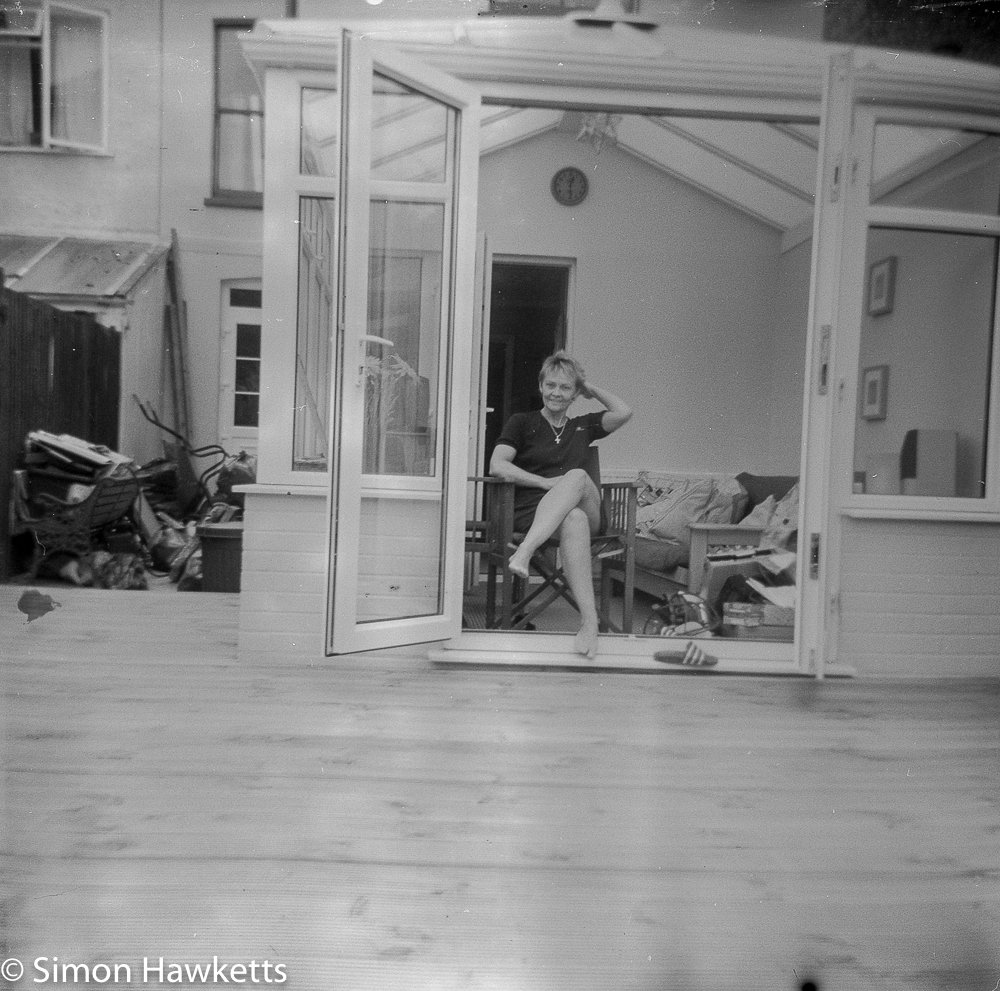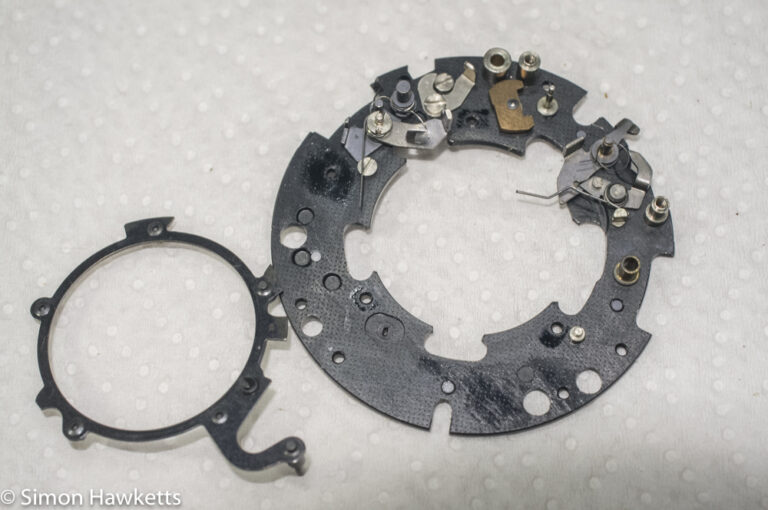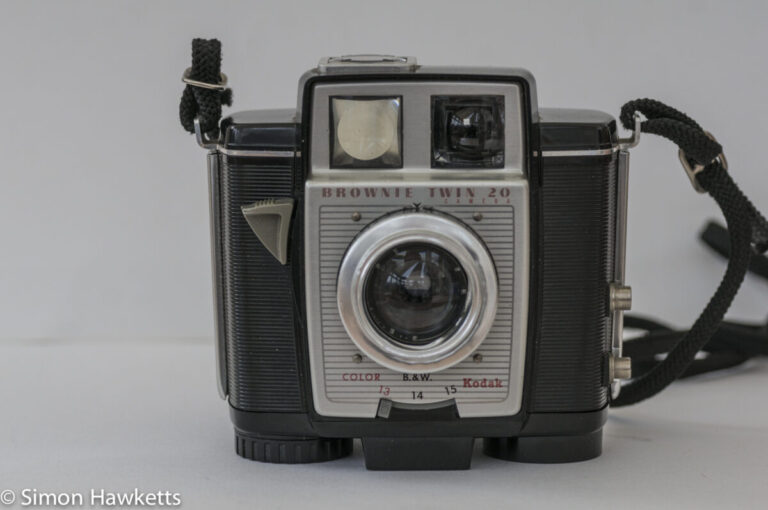Kodak Brownie reflex samples and shooting experiences
A week or so ago, I bought a pair of Kodak Brownie Reflex vintage cameras and found one had a reel of partially exposed 127 film in. A couple of days ago I took the camera with me as I went for a walk round the town, and these are my experiences of shooting with it and the Kodak brownie reflex samples I obtained.
Kodak Brownie reflex sample pictures

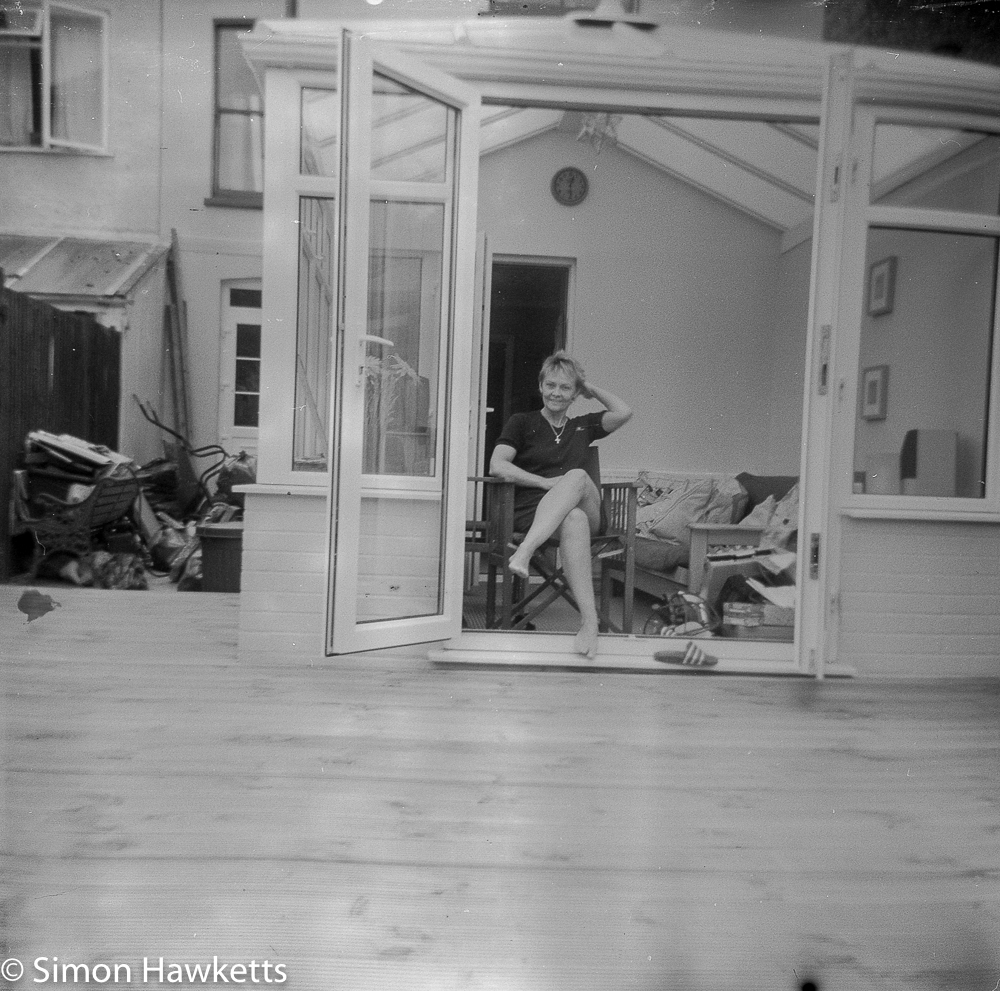
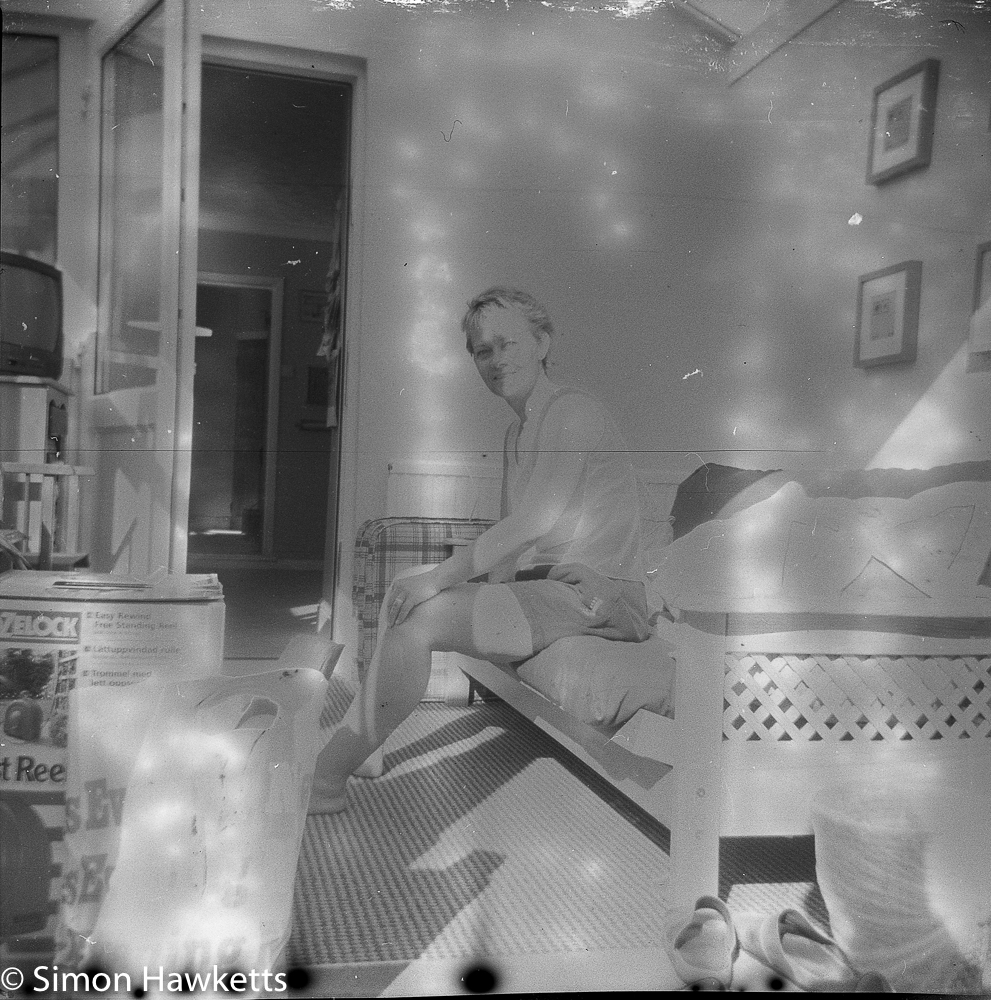
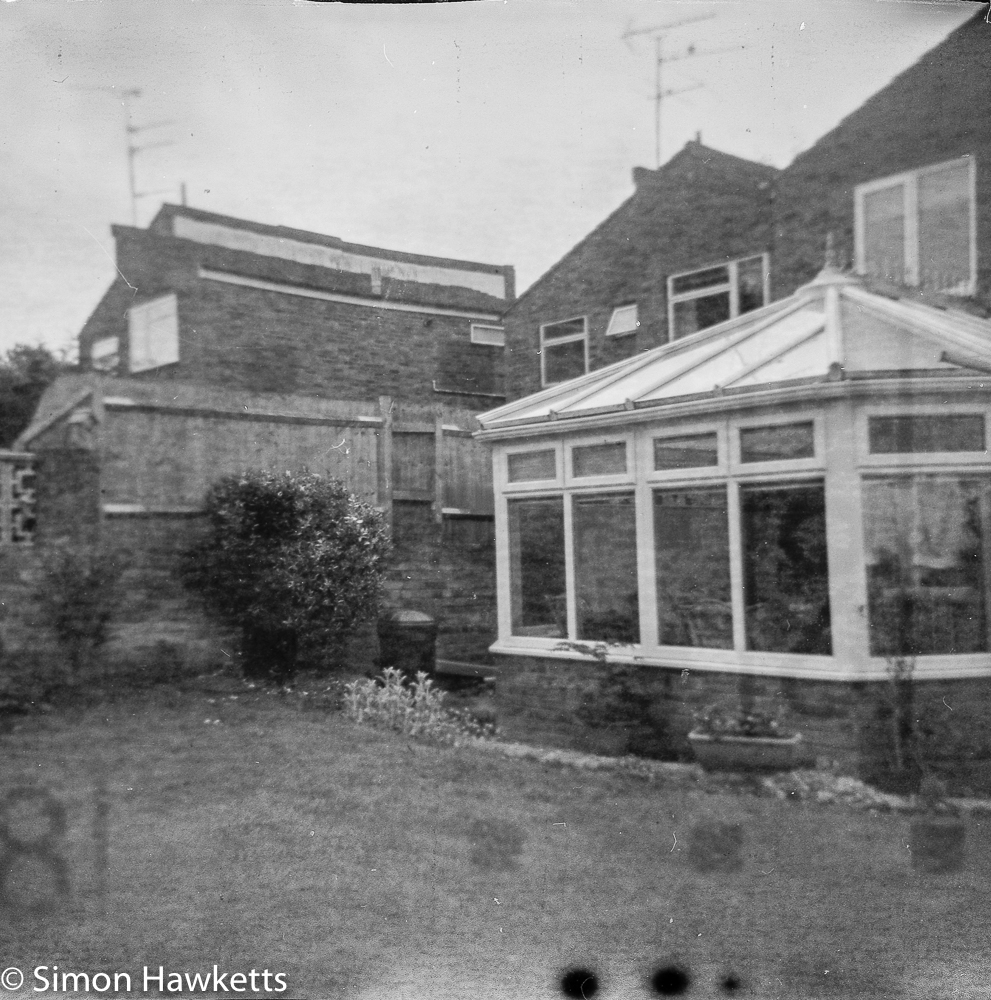
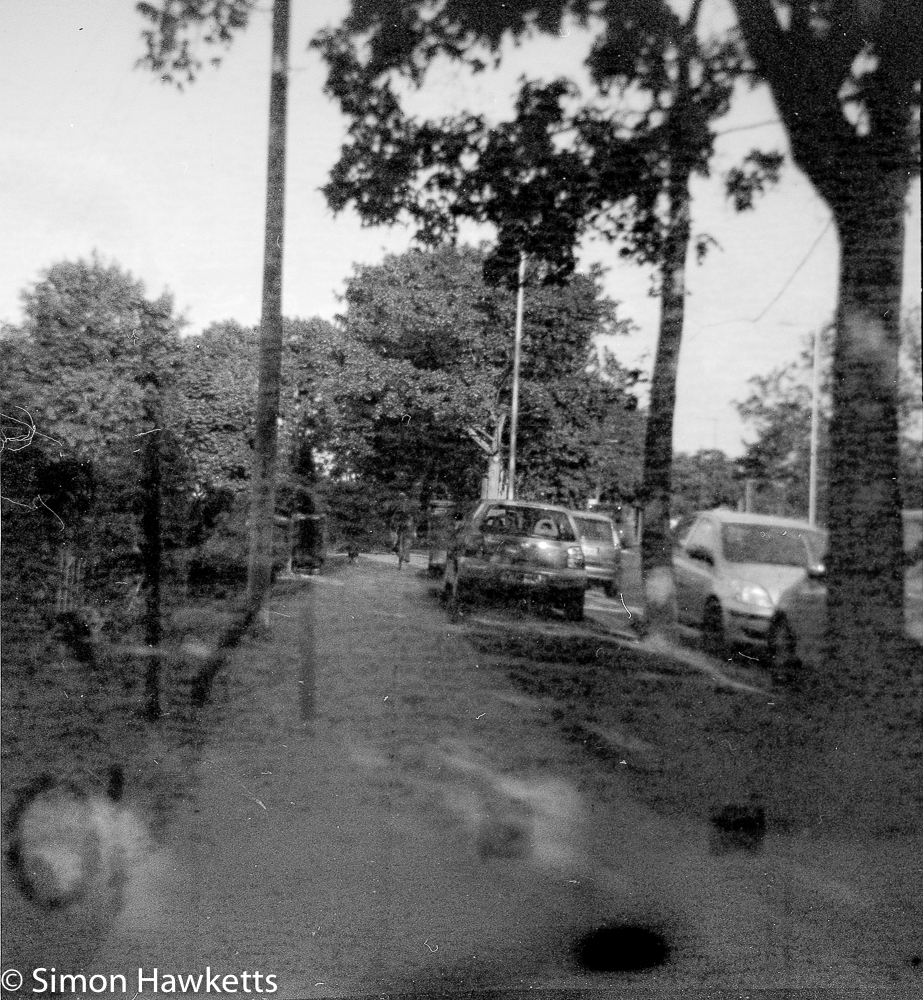
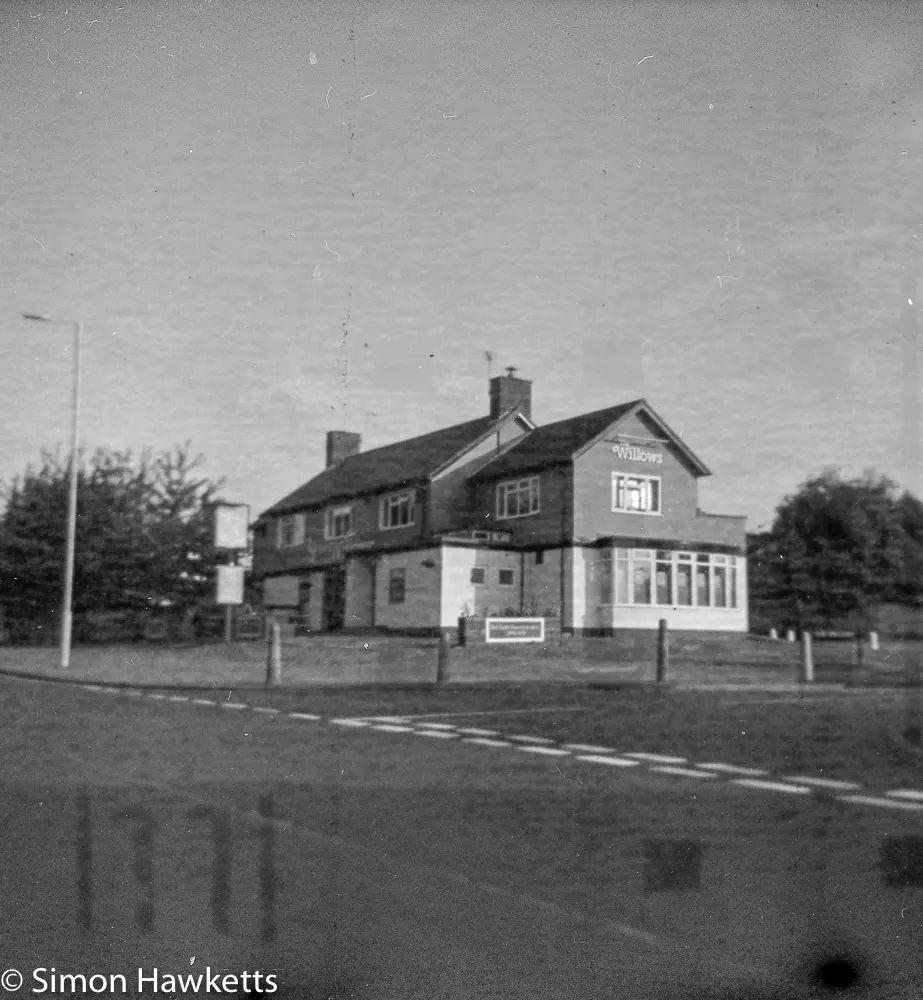
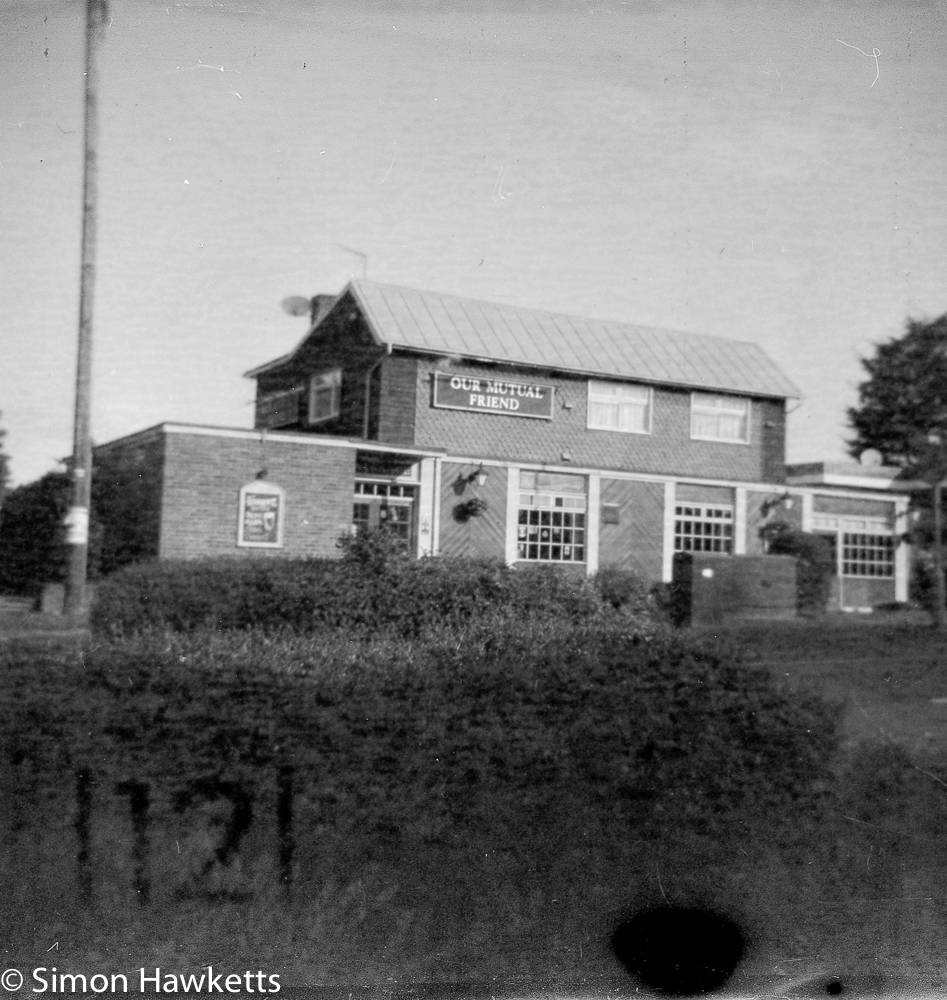
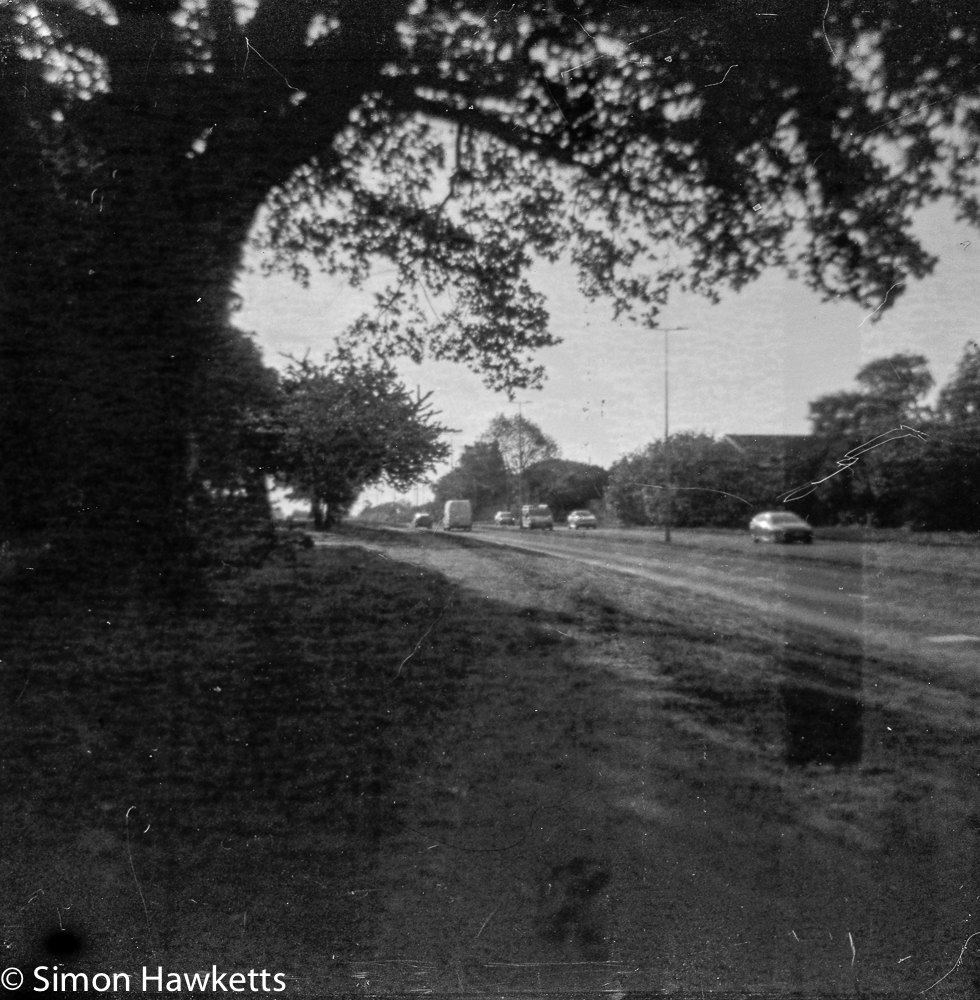
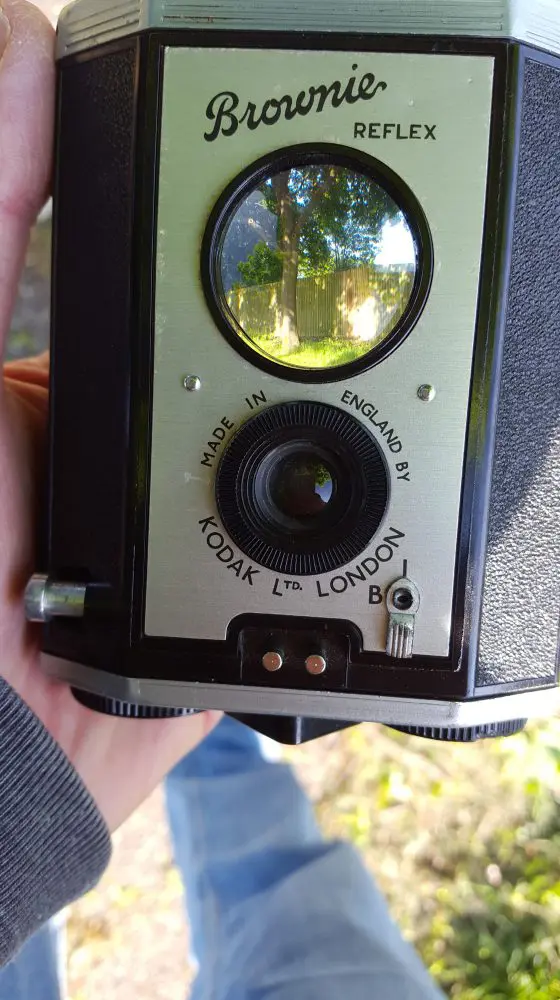
As I described in my descriptive post about the cameras, I had to transfer the roll of 127 film from one camera to the other, and that involved re-reeling it in a changing bag. That was less difficult to do than I suspected and once I had the film in the better of the two cameras, I moved it on to exposure 6 to make sure I preserved the exposures which were already on the film and took the camera outside to take some pictures.
The first obvious thing you notice when using the Brownie reflex is that the image is back to front in the viewfinder. This shouldn’t have been a surprise to me because it is exactly the same when I use my Bronica ETRSi with the waist level finder, but initially it is off-putting until you get used to it.
Once I got used to the reversed picture I found the viewfinder quite a joy to use, actually. Because I cleaned the mirror and lens, it’s very bright and also quite big. I suspect it’s the same size as the negative, and since most pictures produced at the time the camera was made were contact prints, the same size as the resultant picture returned from the developers.
One oddity of the viewfinder I noticed was because it doesn’t have a ground glass screen, it works equally well in reverse as it does the correct way round. By that, I mean you can look through the lens at the front and see the scene from the viewfinder, which seemed quite amusing to me when I spotted it.
The camera has a single, quite slow shutter speed, meaning it’s important that the camera is held steady during the shot. I found this a bit difficult because the shutter button is placed on the bottom of the camera, and it needs to be pressed in sideways rather than down. Perhaps it’s just me, but I find that more difficult than squeezing a button down.
The field of view on the camera is about the same as a 50 mm lens on a 35 mm camera, so I would guess the focal length would be about 70 mm or so. It’s fine for what the camera was designed to do, which was produce simple snapshots for people for the minimum outlay.
Other than those couple of points, there is nothing much that can go wrong when using the camera. The only thing to remember is to wind the camera on after the shot, so you don’t get multiple exposures, and then compose the picture and press the shutter. The focus is fixed from 5 ft to infinity and there is a single aperture stop of probably about f/8 to f/11.
Kodak Brownie reflex samples
Once I’d taken all the remaining exposures on the film, I loaded it into a Patterson super system 4 tank and used a 1:100 dilution of Rodinal developer to develop the film using stand development.
The first problem I had was getting the film in the tank.
Being rolled up for a number of years (could have been anything from 10 to 30 years, I guess) made the film very difficult to fit into the spiral tank, and it took me about 30 minutes to get it loaded. As always I did this in a changing bag and at one point I had to put the film in the bottom of the tank and close it, so I could open the bag and change the spiral for another one. Eventually, after a lot of re-rolling with the opposite curl, I managed to get the film in the tank.
For development, I mixed 4ml of Rodinal with 400ml of cold water and after a 3-minute wash, I added the developer to the tank. After a few inversions to make sure the film was completely covered and the developer properly mixed, I left the film to develop for about 50 minutes. Once the development was complete, I fixed in the usual way for 10 minutes and then washed the film and hung it to dry.
Once dry, I scanned the film on an Epson V550 perfection photo scanner.
I had problems while scanning the film because it had a very severe curl on the film, which was exacerbated by not having a 127 film holder for the scanner. I’m not sure a holder actually exists since this film has long stopped being made, and unfortunately I don’t have any clear flat glass or plastic, so I found it difficult to hold the film flat. Eventually I managed to fit it to the 120 film holder by gripping one edge and using a flat card to hold the free end.
Once scanned, I found the results interesting for a number of reasons.
First, I was glad that the stand development had managed to recover the existing pictures on the film quite well. The theory behind stand development is that it allows the shadow details to be brought out well because the development time is extended and because the developer isn’t agitated, the developer around the highlights is used up, and therefore those areas are not over developed. It certainly seems to have worked on the original images, which are the first three in the pictures above.
The other thing that was interesting was the difference in quality between the first images, which were taken on fresh film and then left for a number of years, compared to the images which were taken recently on film that was many years out of date.
There is obviously a change to the film which makes is more grainy and less well-defined, but it doesn’t affect images already taken on the film. The first three images are quite nicely exposed and have a fair amount of detail considering the class of the camera, whereas the last images are definitely lower resolution and contrast. I’m not a great fan of using expired film, and this has confirmed my belief that it’s best to use fresh film.
The final interesting point I noticed was the way the backing paper frame numbers have become impressed on the negatives, and again this is only on the new pictures. I’m not sure of the mechanism that would have caused this, however.
I think the quality of the first three negatives show the sort of results which would be possible with the Brownie Reflex using fresh film stock, which show it to be a capable snapshot camera.
Discover more from Everything Vintage
Subscribe to get the latest posts sent to your email.

